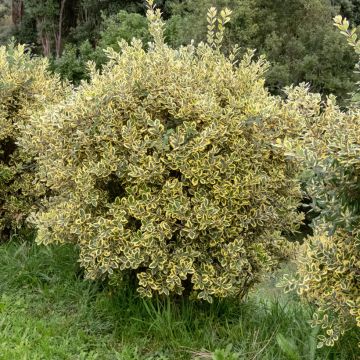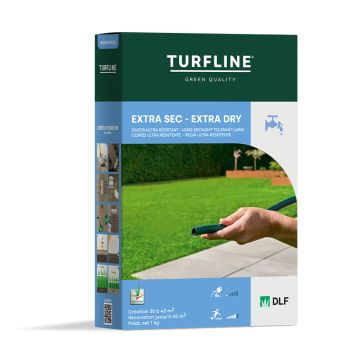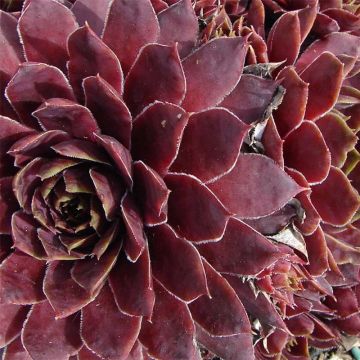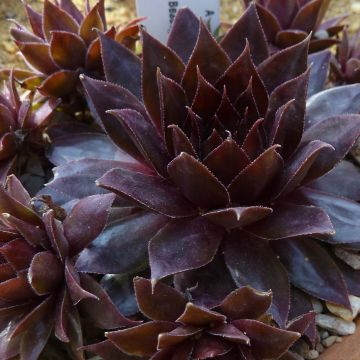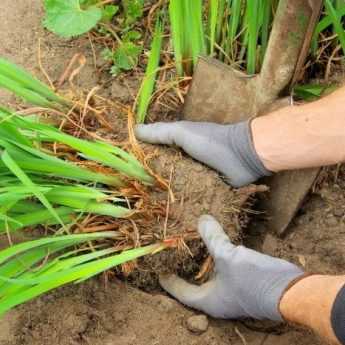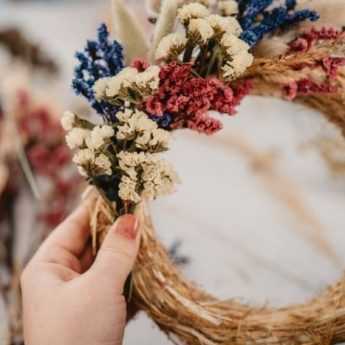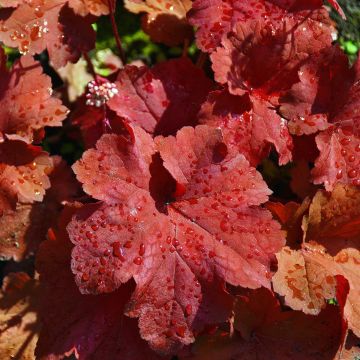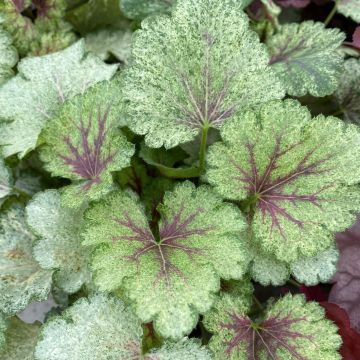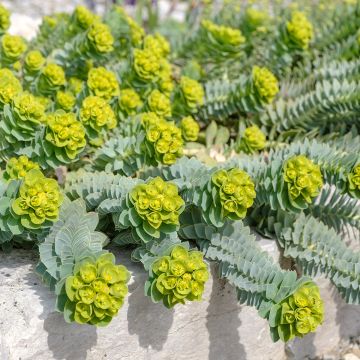

Semponium Diamond
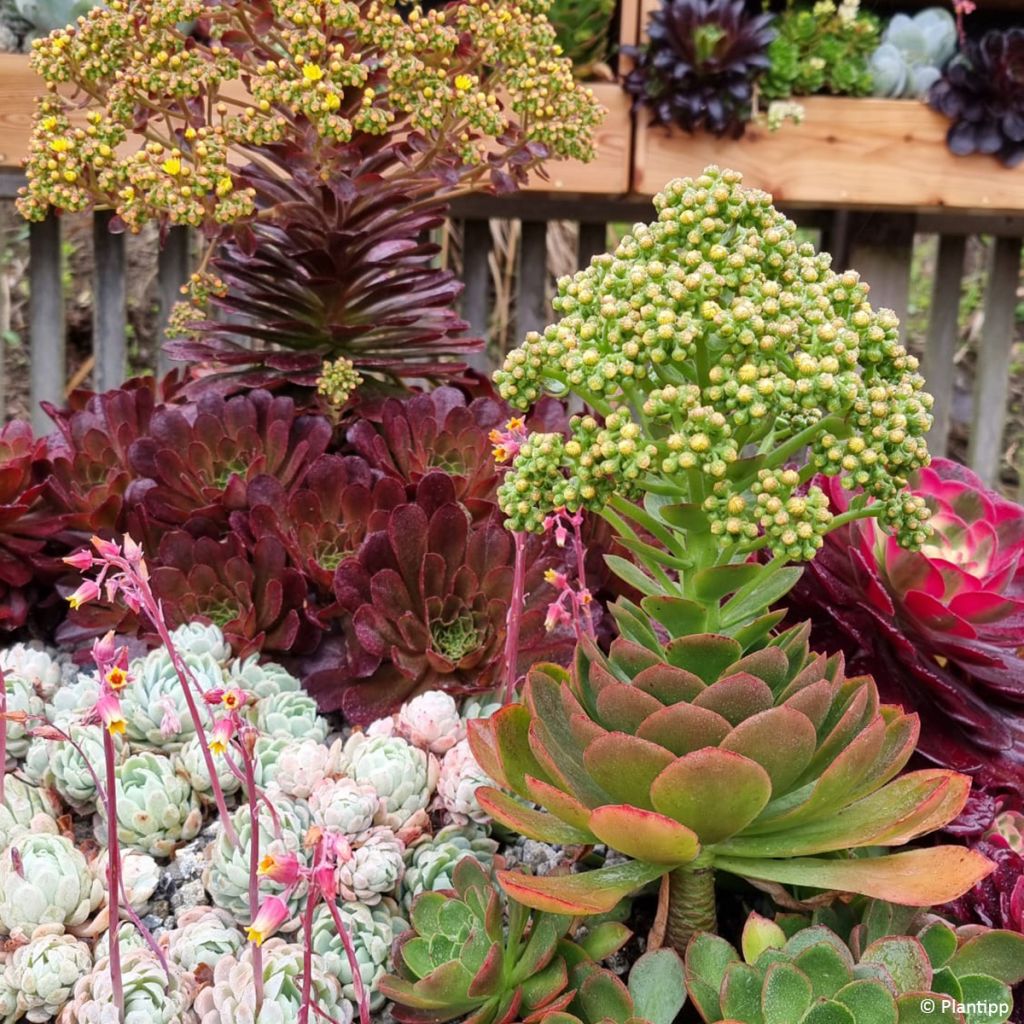

Semponium Diamond


Semponium Diamond
Semponium Diamond
x Semponium Sempervivum x Aeonium Diamond
Sempervivum x Aeonium
Why not try an alternative variety in stock?
View all →This plant carries a 12 months recovery warranty
More information
We guarantee the quality of our plants for a full growing cycle, and will replace at our expense any plant that fails to recover under normal climatic and planting conditions.
From €7.90 for pickup delivery and €6.90 for home delivery
Express home delivery from €8.90.
Does this plant fit my garden?
Set up your Plantfit profile →
Description
x Semponium 'Diamond' is the result of a unique cross-breeding between an Aeonium and a Sempervivum. Both succulent plants that are characterised by their rosette foliage. 'Diamond' has a dense and conical habit, consisting of several rosettes with thick leaves. They are contrasting, a fairly light and vibrant green surrounded by red margins if the plant is exposed to the sun. Its hardiness is estimated at -5ºC until further tested.
x Semponium 'Diamond' belongs to the family of Crassulaceae. It is the first hybrid between two genera of succulent plants: Aeonium and Sempervivum or houseleeks. The former are mainly native to the Canary Islands, but also to Madeira, Morocco, and Ethiopia. Aeoniums are magnificent perennials with rosette foliage, astonishing colours, and multiple forms. Houseleeks, on the other hand, are found naturally in rocky meadows, on rocks and scree, especially in mountainous areas. They display beautiful rosettes of green, golden, bluish, or reddish-purple tinted leaves. 'Diamond' grows up to 40 cm high with an equivalent width and produces numerous offsets. The leaves are quite rounded and pointed. They are thick and overlapping, without petioles, like an artichoke.
x Semponium 'Diamond', like its parents, is an excellent plant for dry or alpine rock gardens, in mild climates. Plant this perennial in full sun or partial shade in well-drained soil. It also thrives very well in pots and can be brought indoors to a conservatory in winter to protect it from the cold. It looks stunning in a container thanks to its sculptural design and conical habit. You can also grow it in a rock garden with houseleeks of various colours, Sedums, or Lewisia cotyledon with pink flowers.
Semponium Diamond in pictures
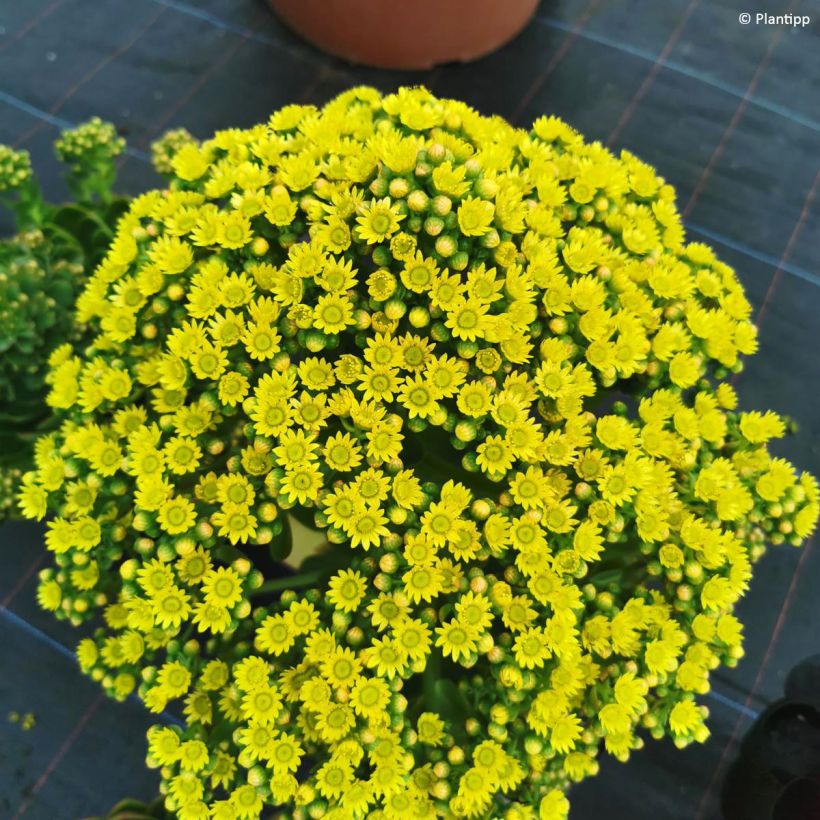



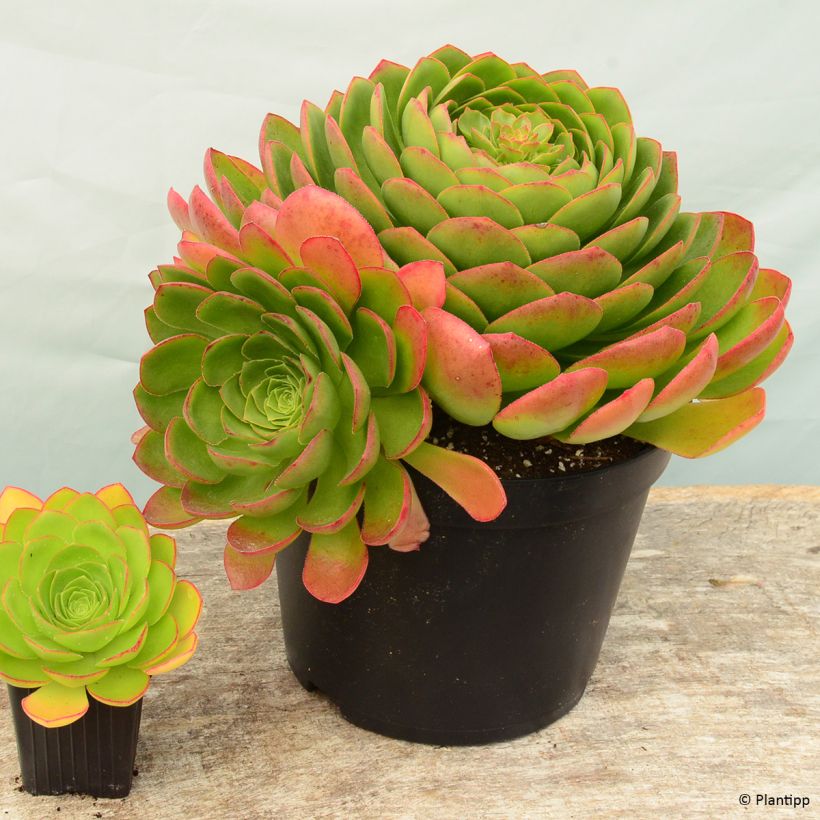

Foliage
Plant habit
Botanical data
x Semponium
Sempervivum x Aeonium
Diamond
Crassulaceae
Sempervivum x Aeonium
Cultivar or hybrid
Other Sempervivum - Houseleek
View all →Planting and care
x Semponium Diamond loves sunny spots and perfectly drained, moist to dry, poor, sandy or gravelly soils. You can plant it in spring or autumn in open ground or in a pot, adding gravel or coarse sand to the planting substrate, then it will need little care.
Outside of the mildest winter regions, it is best to grow this Semponium in a pot so that it can be overwintered under cover, protected from frost.
If you wish to multiply it, cut a few young rosettes and replant them elsewhere, barely burying the roots. Look after it by ensuring that it is not overwhelmed by taller plants and does not become covered in dead leaves or vegetation.
Planting period
Intended location
Care
Planting & care advice
This item has not been reviewed yet - be the first to leave a review about it.
Coloured foliage perennials
Haven't found what you were looking for?
Hardiness is the lowest winter temperature a plant can endure without suffering serious damage or even dying. However, hardiness is affected by location (a sheltered area, such as a patio), protection (winter cover) and soil type (hardiness is improved by well-drained soil).

Photo Sharing Terms & Conditions
In order to encourage gardeners to interact and share their experiences, Promesse de fleurs offers various media enabling content to be uploaded onto its Site - in particular via the ‘Photo sharing’ module.
The User agrees to refrain from:
- Posting any content that is illegal, prejudicial, insulting, racist, inciteful to hatred, revisionist, contrary to public decency, that infringes on privacy or on the privacy rights of third parties, in particular the publicity rights of persons and goods, intellectual property rights, or the right to privacy.
- Submitting content on behalf of a third party;
- Impersonate the identity of a third party and/or publish any personal information about a third party;
In general, the User undertakes to refrain from any unethical behaviour.
All Content (in particular text, comments, files, images, photos, videos, creative works, etc.), which may be subject to property or intellectual property rights, image or other private rights, shall remain the property of the User, subject to the limited rights granted by the terms of the licence granted by Promesse de fleurs as stated below. Users are at liberty to publish or not to publish such Content on the Site, notably via the ‘Photo Sharing’ facility, and accept that this Content shall be made public and freely accessible, notably on the Internet.
Users further acknowledge, undertake to have ,and guarantee that they hold all necessary rights and permissions to publish such material on the Site, in particular with regard to the legislation in force pertaining to any privacy, property, intellectual property, image, or contractual rights, or rights of any other nature. By publishing such Content on the Site, Users acknowledge accepting full liability as publishers of the Content within the meaning of the law, and grant Promesse de fleurs, free of charge, an inclusive, worldwide licence for the said Content for the entire duration of its publication, including all reproduction, representation, up/downloading, displaying, performing, transmission, and storage rights.
Users also grant permission for their name to be linked to the Content and accept that this link may not always be made available.
By engaging in posting material, Users consent to their Content becoming automatically accessible on the Internet, in particular on other sites and/or blogs and/or web pages of the Promesse de fleurs site, including in particular social pages and the Promesse de fleurs catalogue.
Users may secure the removal of entrusted content free of charge by issuing a simple request via our contact form.

































